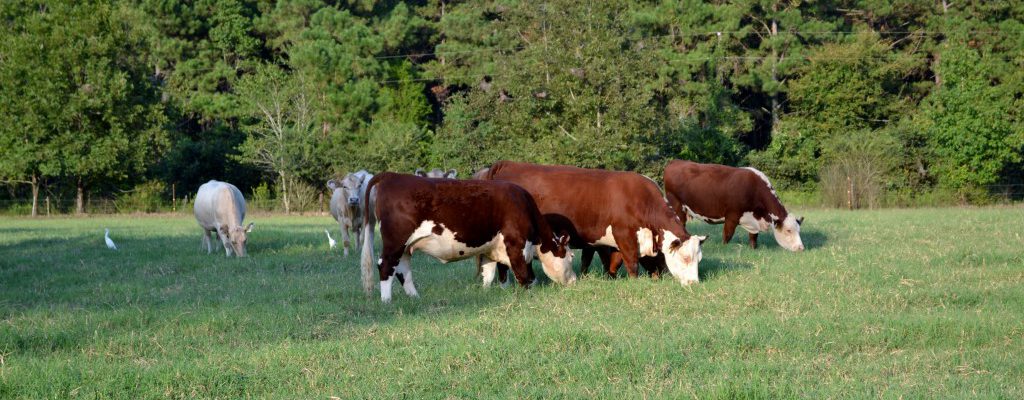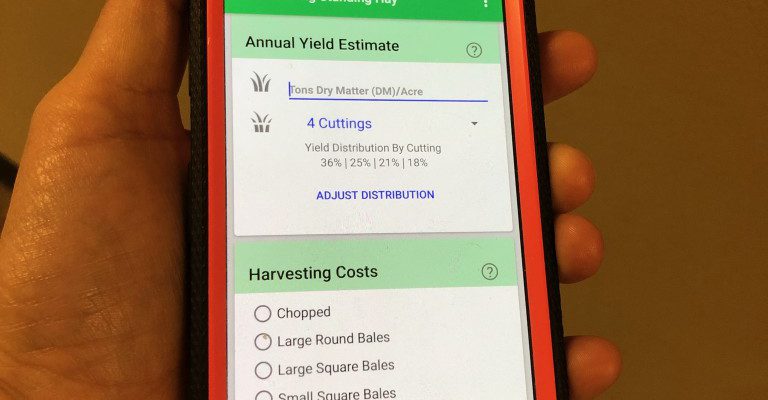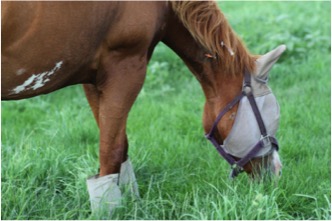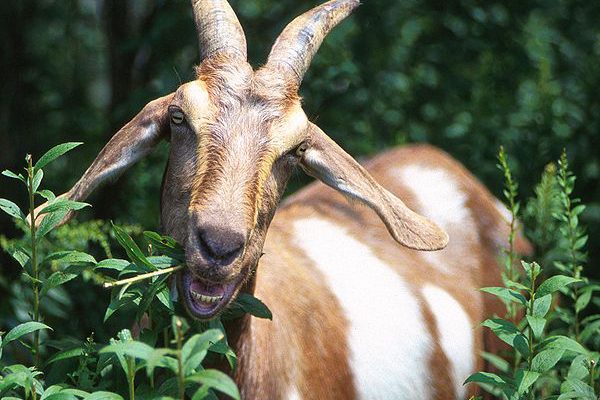grazing
-

By Savannah Tanner Emanuel County CEA With over 80,000 head of horses in the state of Georgia, horse owners are looking for efficient and nutritional forage options to feed to their animals. A good rule of thumb for horse owners is that your horse should consume at least one percent of its body weight in hay or pasture daily. For a 1,200…
-

By Charlotte Meeks Houston County CEA While temporary fencing cannot replace permanent fencing, it has its place in a grazing management system. Temporary fencing can be used to divide permanent pasture for rotational grazing or intensive grazing systems, open areas for temporary grazing or to exclude livestock from an area. While permanent fences are intended to last for years, temporary fencing…
-

By Roger Gates Whitfield County CEC “Taking stock” is a phrase that means to “think carefully about a situation… so that you can decide what to do.” Historically, the phrase came from a farmer’s practice of counting the number of animals on the farm. Periodic livestock inventories provide important and useful records. Creating and maintaining…
-

By Charlotte Meeks Houston CEA Anyone that has managed cow/calf operations for more than a few days can tell you that the most expensive cost is feeding. Grazing is a cost-effective way of providing livestock with their nutritional needs. One method that can extend our gazing season involves grazing crop residue. After a crop (usually…
-

By Savannah Tanner Emanuel County CEA There’s an app for that…there’s always an app for that. In the midst of an ever-increasing technology world, the agricultural industry is no stranger to smart technology. From irrigation apps to field measuring apps, we see widespread, quick, and “at the touch of a button,” farm management tools becoming…
-

From the January 2019 Issue of the University of Minnesota Extension – Horse Newsletter…. Research Update: Evaluating Glucose and Insulin Levels in Grazing Horses Forage is a primary part of the horse’s diet and is often fed in the form of cool-season grasses, legumes or warm-season grasses. These forage types differ widely in their nutritional…
-

By Steve Morgan Harris County CEC There are many important components in a successful livestock production system. One of the most important tasks in grazing management is understanding livestock stocking rate. It is critical in making timely management decisions that affect profits in beef cattle production. The optimum number of animals on a pasture makes…
Posted in: Grazing -

By Adam Speir Madison County CEC Goats have the perception of being able to survive on just about anything, including the occasional tin can. While goats do have a unique capability of grazing plant species that other livestock may not prefer, good management and planning are critical for a successful and efficiently productive goat herd.…
-
By Jeremy Kichler Colquitt County CEC Summer annual forages can provide high yields of good quality forage during late spring and summer for both beef and dairy producers. Most of the warm season annual grasses emerge and establish quickly and are very drought tolerant. They can be used for grazing, hay or silage. Producers need…
-
By Adam Speir Madison County CEC Internal parasites can cause significant production losses in livestock, which results in significant economic losses for livestock producers. These parasites affect cattle, horses, sheep, and goats. Many times, the effects are subclinical and may go unnoticed, but severe infestations can cause disease and death. Subclinical effects caused by internal…